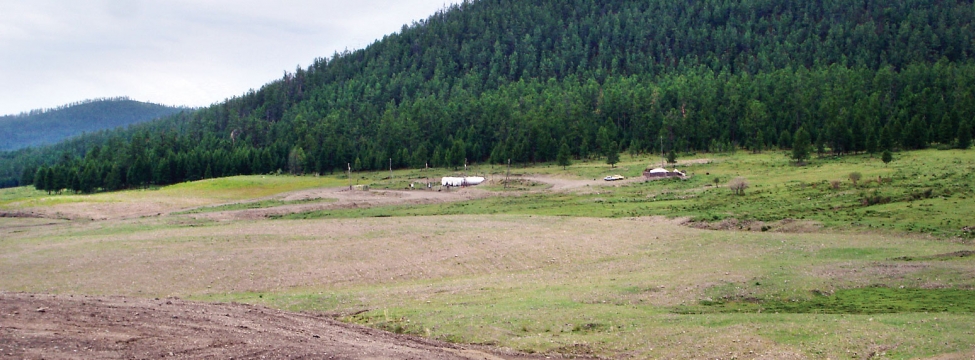Russian legislative requirements on closure and rehabilitation are contained in federal laws and related regulations, under titles law “About subsoil”, Land Code, law “About environmental protection”, “Instruction about the work order on liquidation and temporary closing-down of dangerous industrial projects related to the subsoil use”. A few state standards (GOSTs) also determine topsoil protection, conservation and use, and the rehabilitation of disturbed land. In general, Russian legislation says that disturbed land should be rehabilitated and a mine operation should be liquidated (the Russian term for closed) following the designed and approved rehabilitation plan.
In practice, initial closure requirements can be included within a mining licence. A conceptual plan is usually part of the OVOS report (the Russian version of ESIA), but at this stage the plan is formal and is unlikely to be developed further. There are no requirements or practices to estimate closure costs at the design stage. A detailed closure and rehabilitation plan is prepared about one year before closure, but with no clear legislative deadline, the local authorities may require the detailed closure plan at the design stage.
There are few specific technical requirements for closure and rehabilitation in general, and for mine closure in particular; most are related to topsoil, as follows:
• The topsoil may be removed and stored as practical. The thickness of the topsoil layer is determined by soil fertility. In the forest, topsoil less than 10cm thick need not be removed
• If topsoil is kept for more than 2 years, it should be stored for sowing or replanting
Rock stability should be taken into account in determining the height of dumps and the angle of slopes. According to the GOSTs, rehabilitation consists of two stages – technical and biological. Technical may include dumps, resloping, construction of a drainage system, closing of the dams and ponds, erosion prevention, covering the area with soil. The biological stage includes sowing or planting, depending on the final planned land use.
The legal “Instruction” covers mine closure – banking open pits or pit slope profiling; dumps and tailings storage facilities, long-term stability – and states the closure plan should be designed by an organisation licensed by the mining and safety supervision authority, Gosgortechnadzor.
There are no requirements for demolishing buildings or structures. In practice, they are left on mine sites, supposedly for future use.

